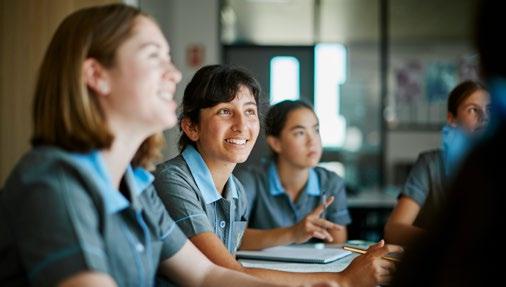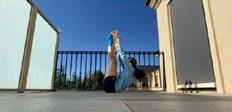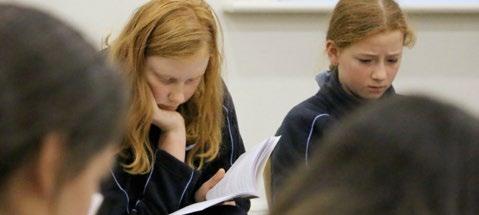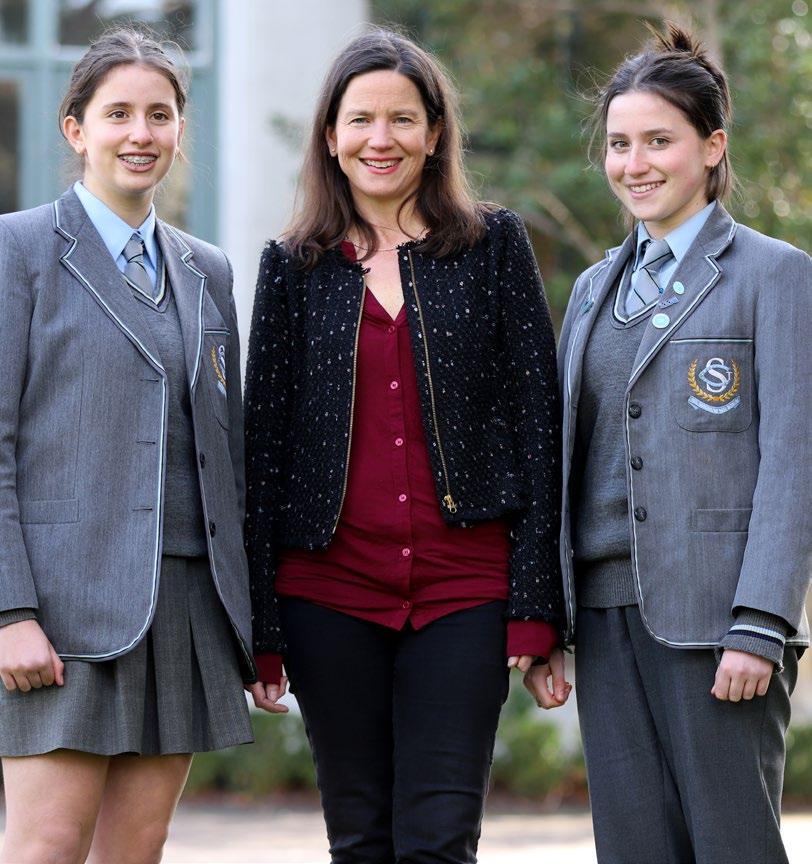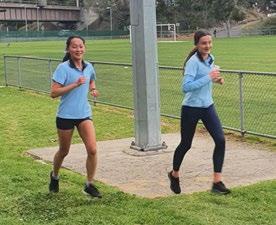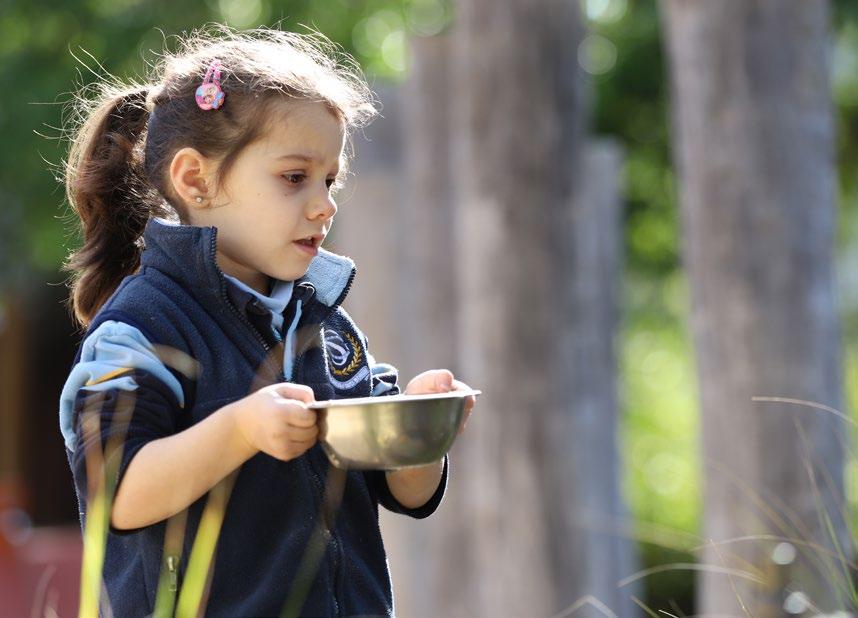24
St Catherine’s News Spring 2020
T E ACHER S A S DE SIGN ER S
LEARNING IN LOCKDOWN As educators in Australia return to face-to-face teaching, and schools around the world grapple with new ways of working to provide continuing support to students during the pandemic restrictions, readers have been getting in touch to tell us what’s been happening in their own context. ‘Teachers are designers’. The truth of the simple opening sentence of Wiggin and McTighe’s seminal text Understanding by Design (2005) has never been more apparent than during the COVID-19 pandemic and the shift to remote learning. As noted in their text, the requirement for teachers to craft learning experiences is a mode of thinking analogous to engineering, architecture and graphic design. Design cognition is crucial to teacher expertise, and requires a precise understanding of desired outcomes (as intellectual standards), as well as the ability to construct the means of achieving
these standards. Teachers with highly developed design cognition are not just able to construct numerous pathways to a desired outcome, but to recognise opportunities for alternative outcomes as part of the learning experience. In our school context, the design-thinking of teachers allowed for ‘learning’ (but not school as per normal) to continue during the pandemic.
Designing under COVID-19 conditions The rapid shift in conditions for learning due to the COVID-19 pandemic is what is referred to in design thinking as a ‘design challenge’. It requires the harnessing of several cognitive skills: analysis and evaluation of the problem, the proposition and clarification of a solution, followed by the evaluation and justification of the proposed solution (Grubbs, 2019). This type of thinking is best practised collaboratively, in recognition of the value
of collective cognitive application when solving problems (Ellerton, 2020). The design-challenge of COVID-19 was multifaceted. It was not simply shifting rapidly to online learning platforms, but negotiating further limitations such as access to technology, ICT proficiency as well as physical restrictions of a lockdown and quarantine. In addition, the boundaries of the challenge were different for experiential learning. While the academic subjects lend themselves to the remote learning format, in that students can access content online (in written and video form) and then work with the remote guidance of the teacher through a deeper understanding of that content, experiential subjects are severely impacted by a lack of access to learning spaces. If students cannot leave their homes and access the spaces where their hand-on learning experiences take place, then how does the learning happen?

